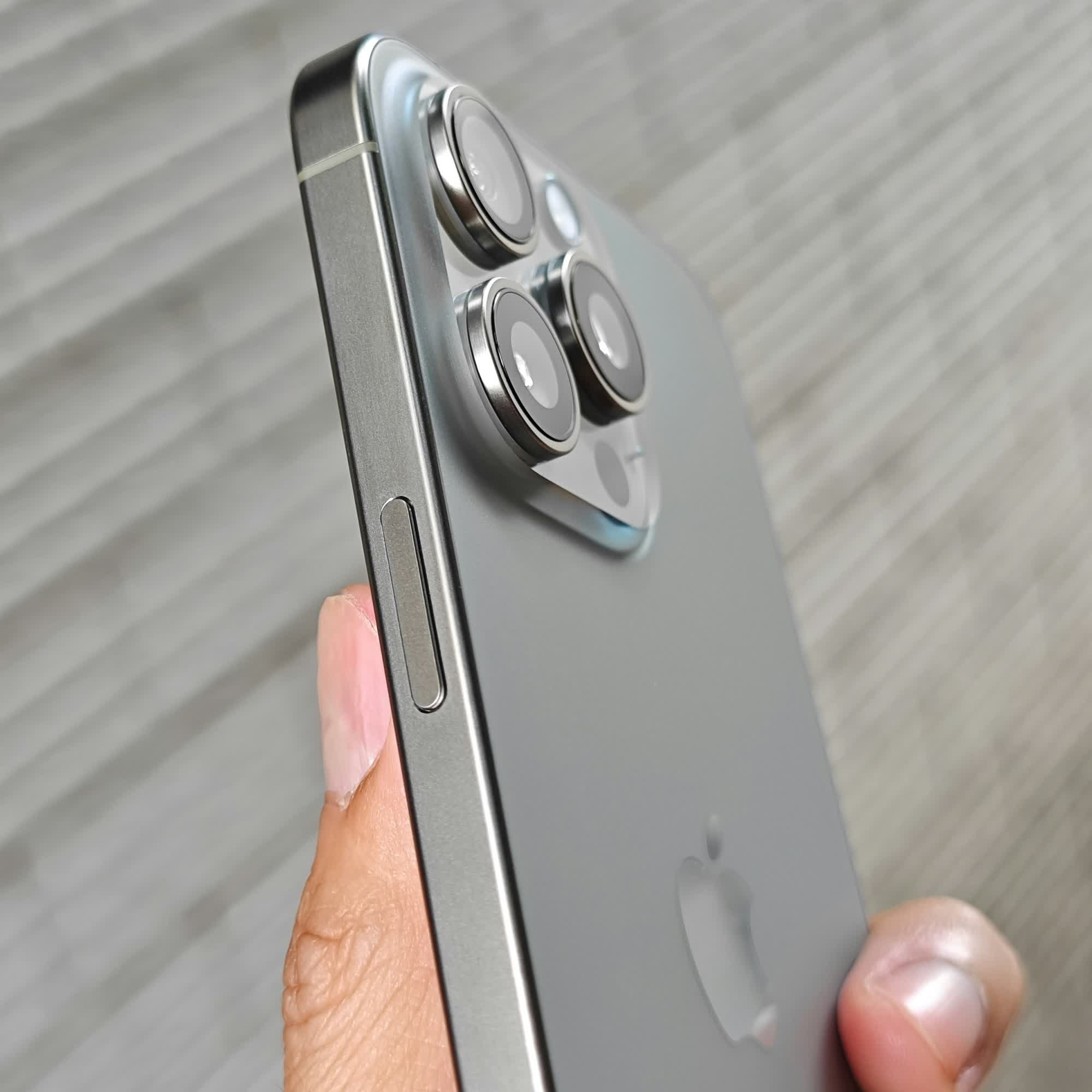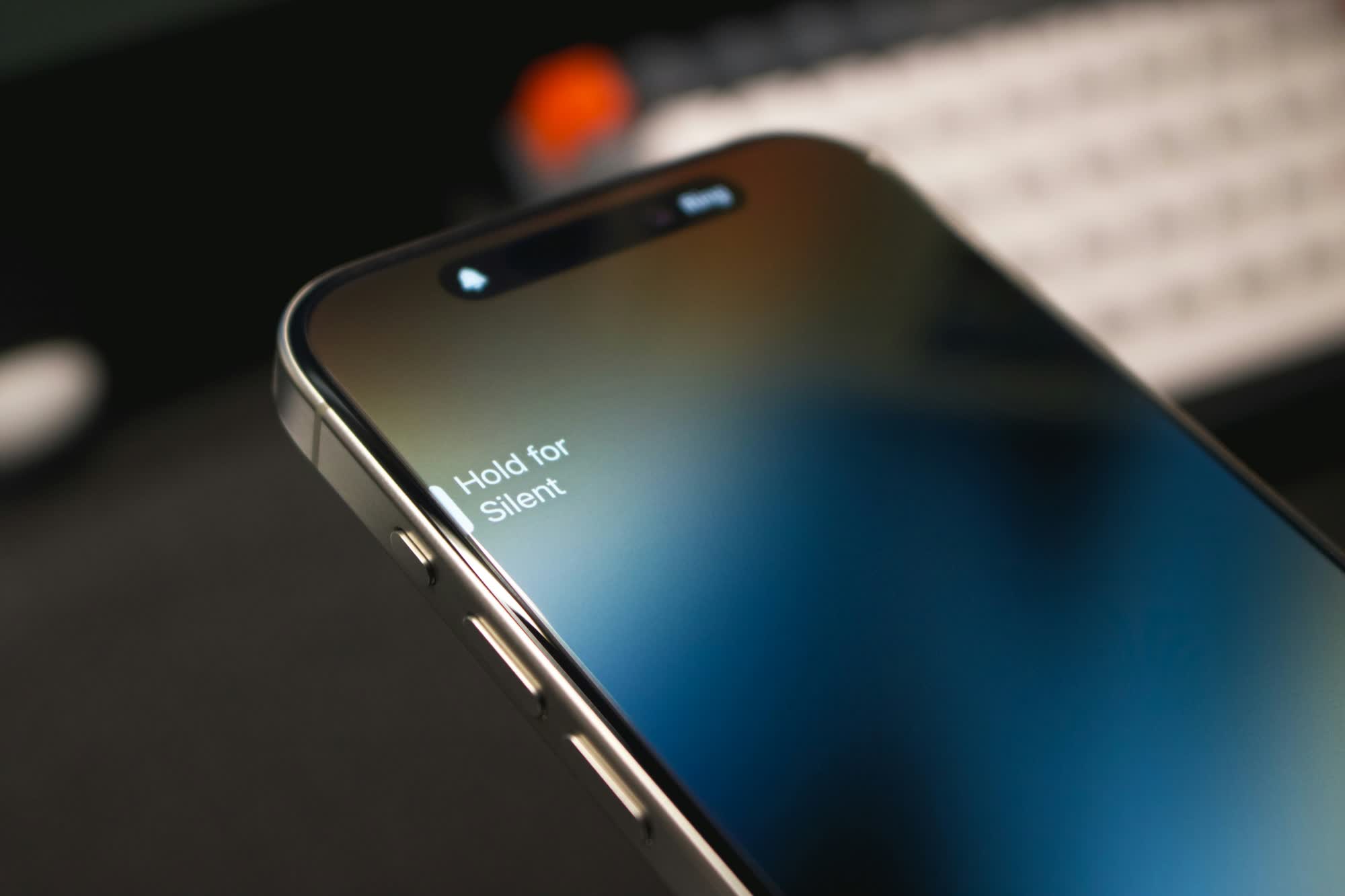Rumor mill: Apple is seemingly moving forward with plans to replace the physical buttons on the iPhone with capacitive versions. Sources familiar with the matter told the Economic Daily News that a supplier named Advanced Semiconductor Engineering recently secured a contract to provide Apple with a system-in-a-package (SIP) module to be used in conjunction with a pair of Taptic Engine motors and touch-enabled "buttons."
Most expect Apple to replace the physical buttons on both sides of the iPhone with solid capacitive versions and use the additional Taptic Engines for haptic feedback to simulate button presses. This was used to great effect in earlier iPhones where the physical home button was replaced with a touch variant, before the arrival of Face ID.
Apple has been interested in making the switch to capacitive buttons for a while now. Rumors ahead of the iPhone 15 launch claimed it might be the first Apple device to ditch buttons. It didn't come to fruition, however, because Apple was unable to resolve technical issues around the design ahead of mass production.

At this stage, it seems unlikely that the iPhone 16 will go fully touch, either. We're roughly five months away from launch, and everything we've heard so far suggests it might not fall too far from the iPhone 15 tree in terms of design.
Rolling out an iPhone with solid-state buttons would give Apple a fresh selling point. The change could also make handsets more durable and would likely improve water resistance as it would result in fewer points of entry for liquids.
It's unclear what sort of impact on internal space the change might have. The new report mentions the addition of two Haptic Engines to support haptic feedback, and there could be a trade-off in terms of physical real estate that'd have to be considered.
Some believe Apple is working toward eventually making a buttonless, portless iPhone that would rely entirely on touch-based buttons and wireless charging. While neat to think about, losing the functionality of the USB port would be a huge hit to flexibility.
Image credit: Samuel Angor, Thai Nguyen
